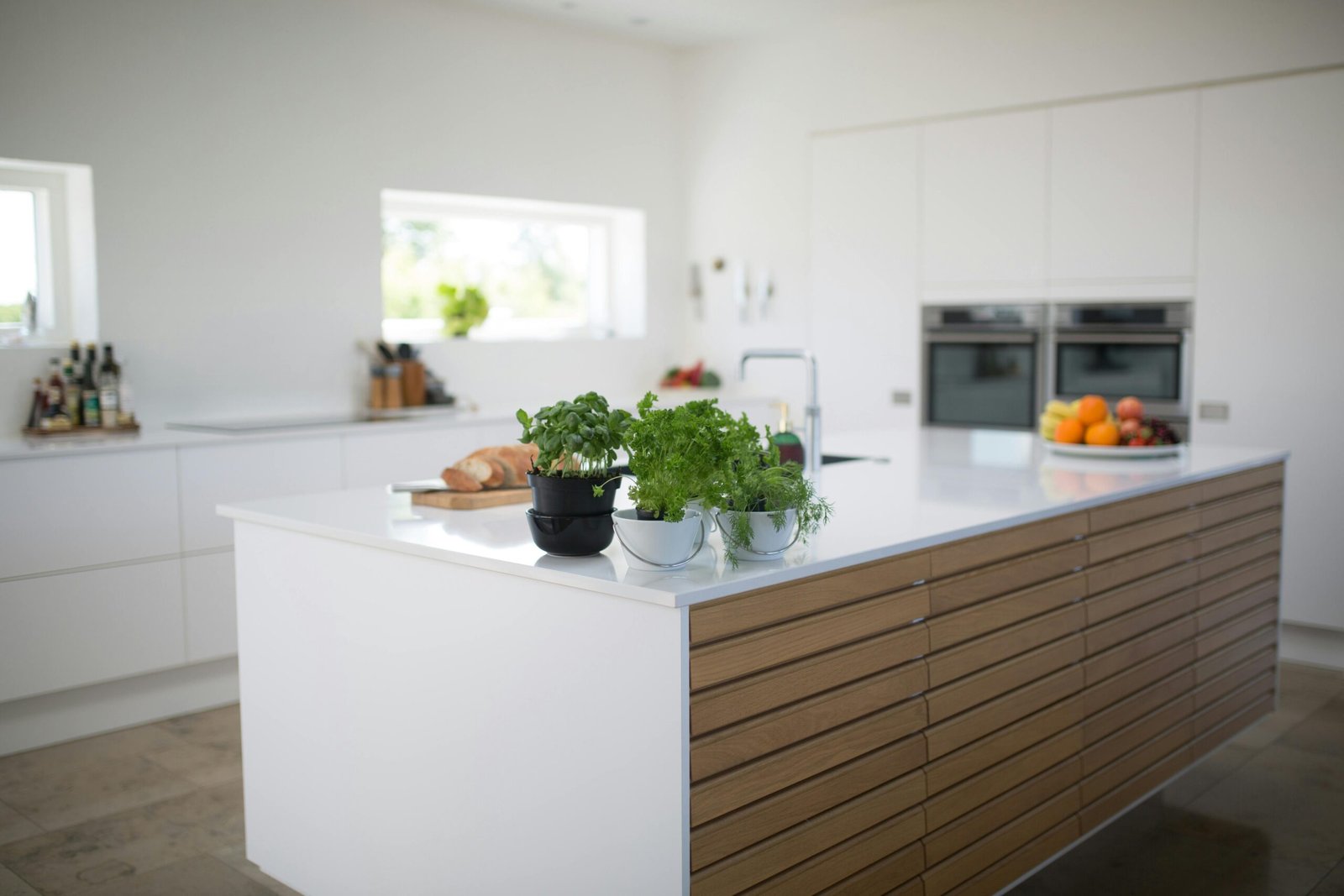The kitchen is more than just a place to cook—it’s a space that reflects the evolution of culture, technology, and lifestyle. From ancient fire pits to today’s smart-enabled hubs, the kitchen has transformed drastically over centuries. Here’s a glimpse into this fascinating journey.
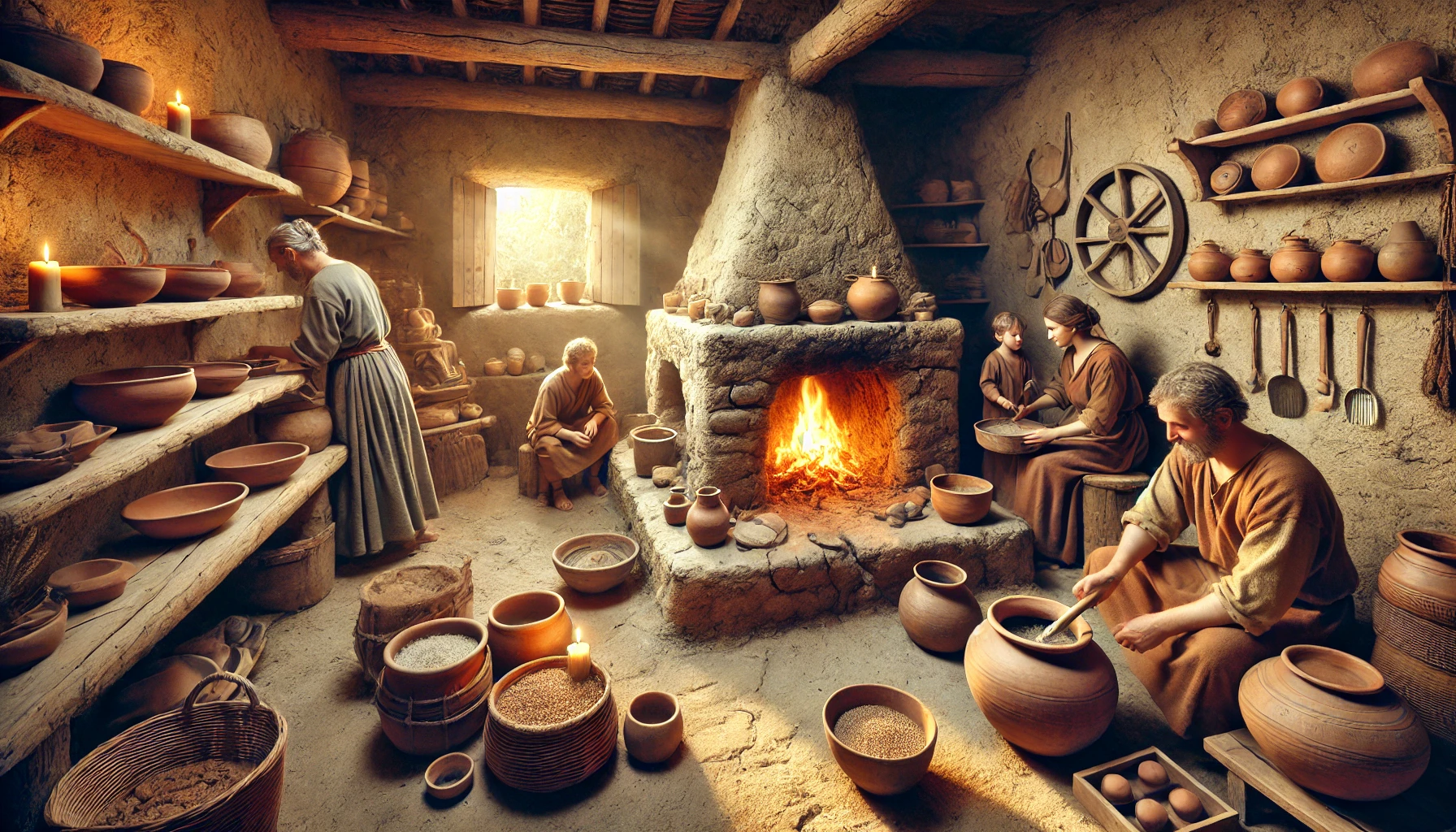
In ancient times, the kitchen revolved around the hearth. It was the center of the home where families gathered to cook, stay warm, and bond. Tools were rudimentary, consisting of clay pots, stones, and open fires. Cooking techniques were simple, relying heavily on roasting and boiling.
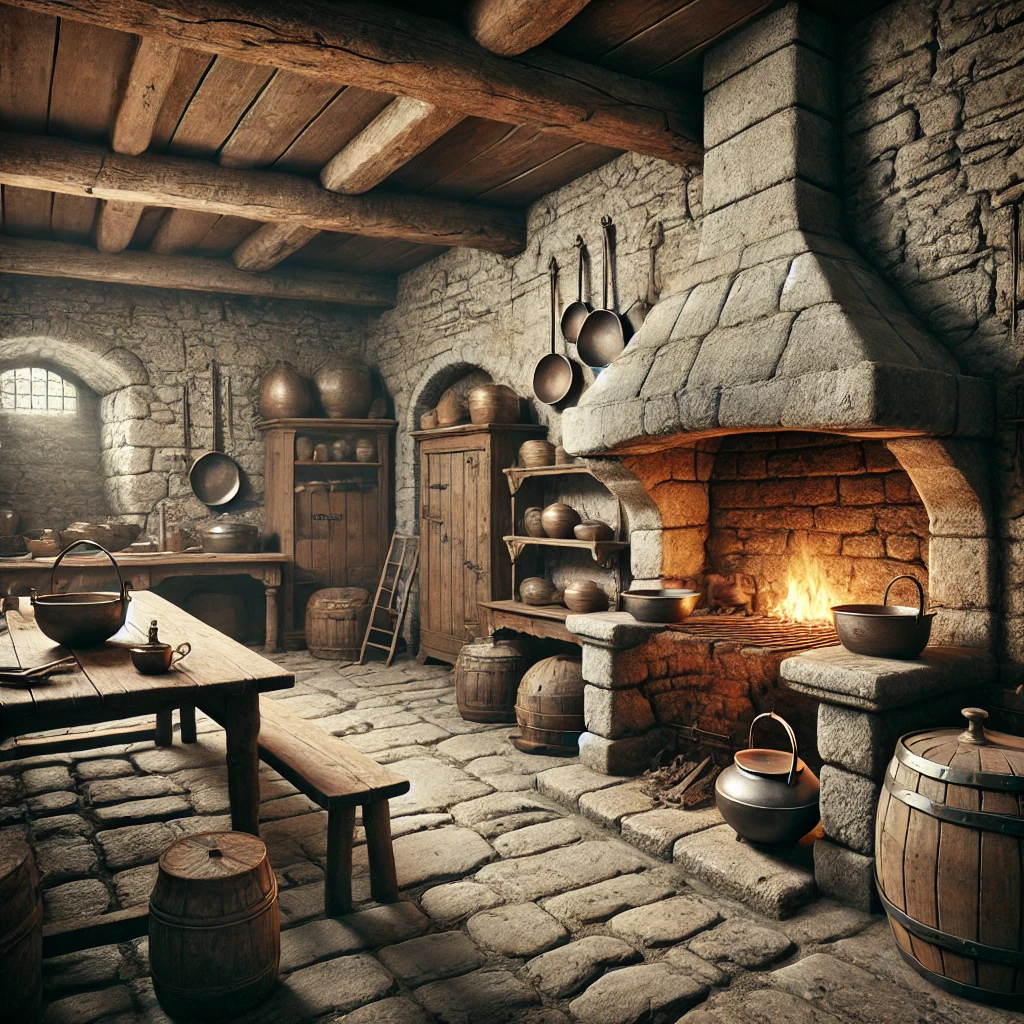
During the medieval era, larger homes began incorporating separate kitchen spaces. These kitchens were often located in basements or detached buildings to reduce the risk of fire and manage heat. Chimneys were introduced, revolutionizing ventilation and improving indoor cooking conditions.
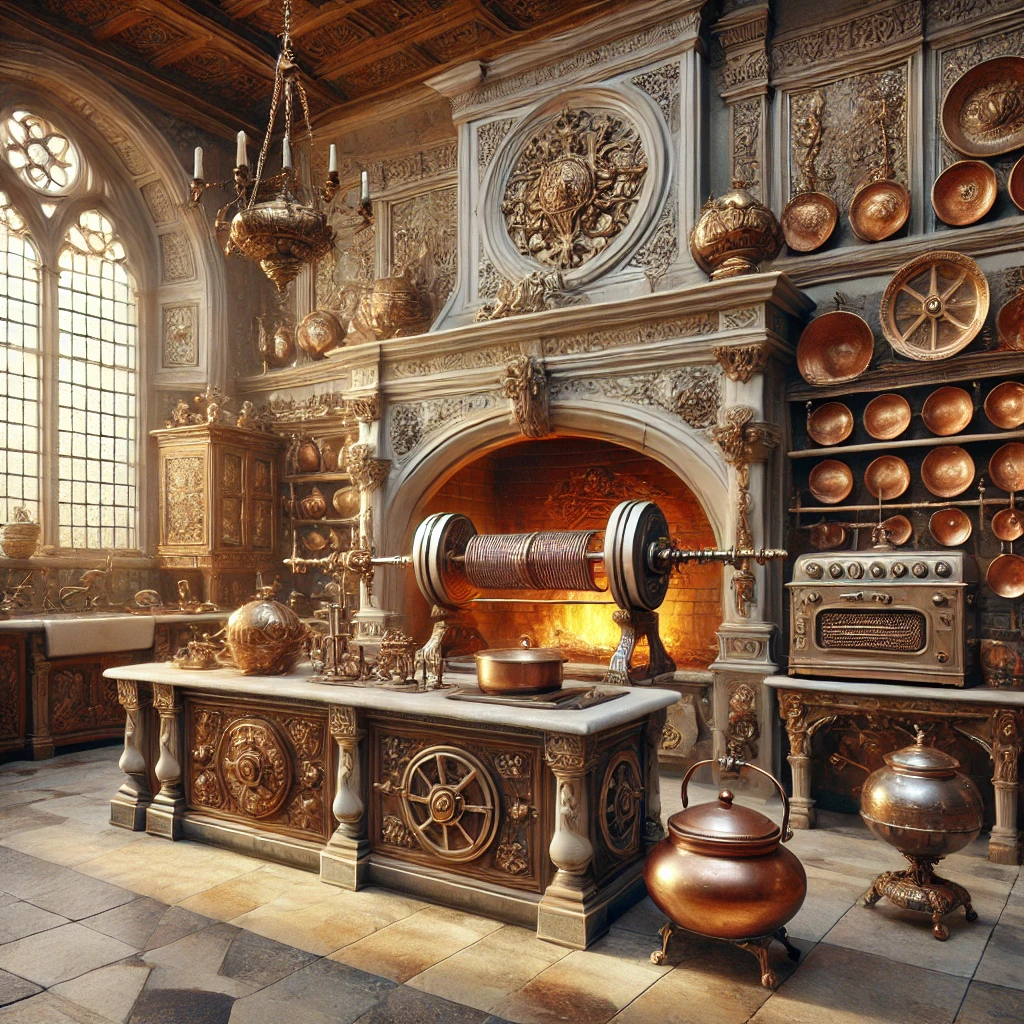
The Renaissance brought a blend of artistry and functionality to kitchens. Wealthy households had elaborate kitchen designs, complete with ovens and mechanical spit roasters. Copper pots and utensils became common, emphasizing both practicality and aesthetics.
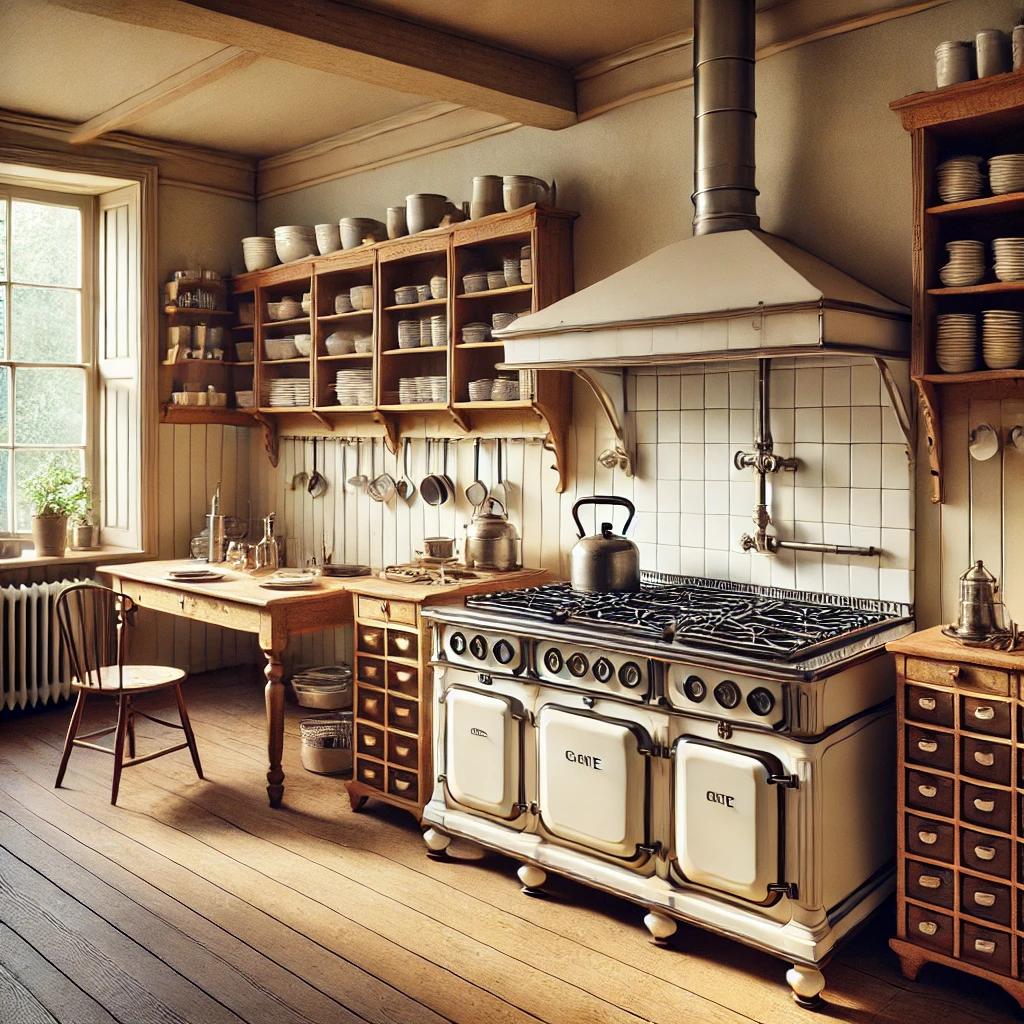
The 19th century marked the beginning of the modern kitchen. The advent of gas stoves replaced open flames, making cooking safer and more efficient. The introduction of running water and drainage systems transformed the way kitchens operated. These innovations laid the foundation for today’s functional layouts.
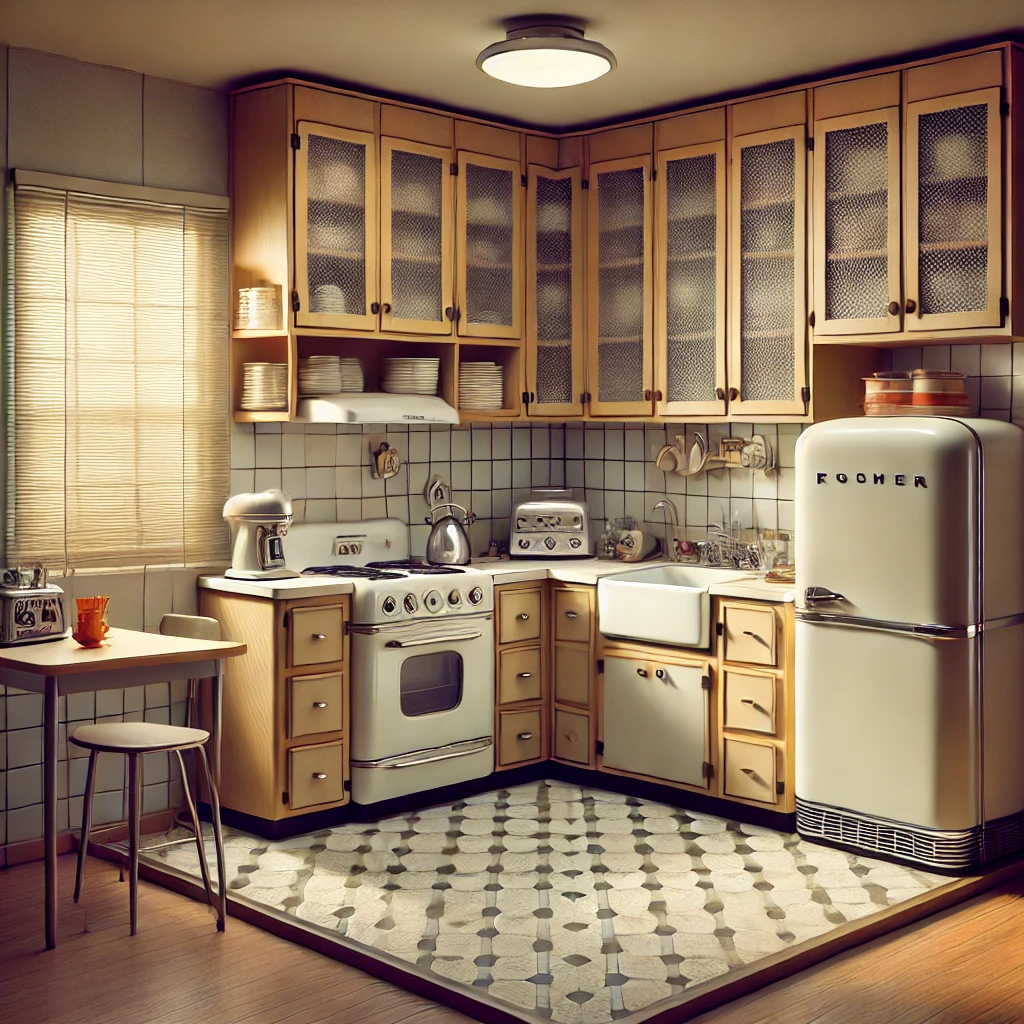
With urbanization came smaller, standardized kitchen designs. The “work triangle” concept emerged, optimizing the distance between the stove, sink, and refrigerator. This period also saw the rise of electric appliances such as toasters, mixers, and refrigerators.
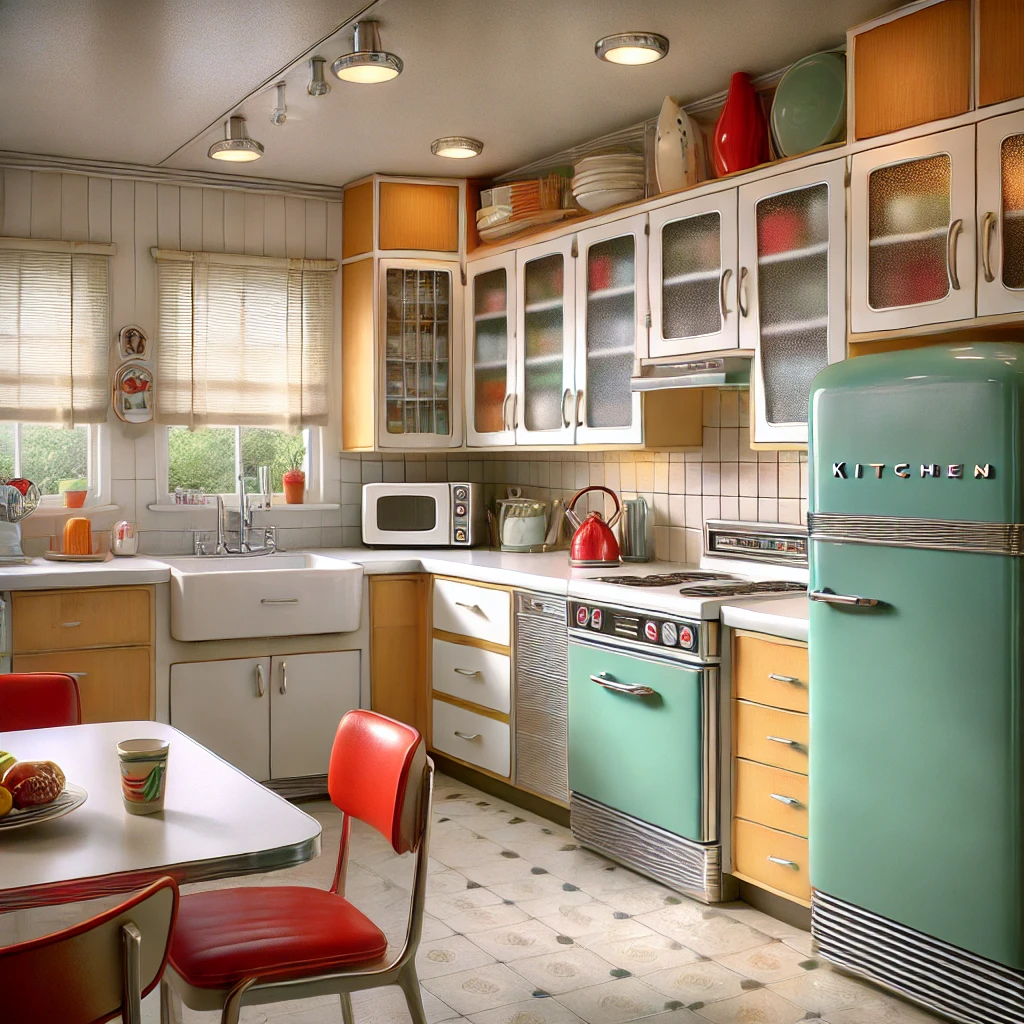
The 1950s and 60s brought a focus on convenience. Kitchens became a symbol of modern living, featuring built-in cabinetry, countertops, and stylish appliances. Microwaves and dishwashers began to gain popularity, simplifying meal preparation and cleanup.
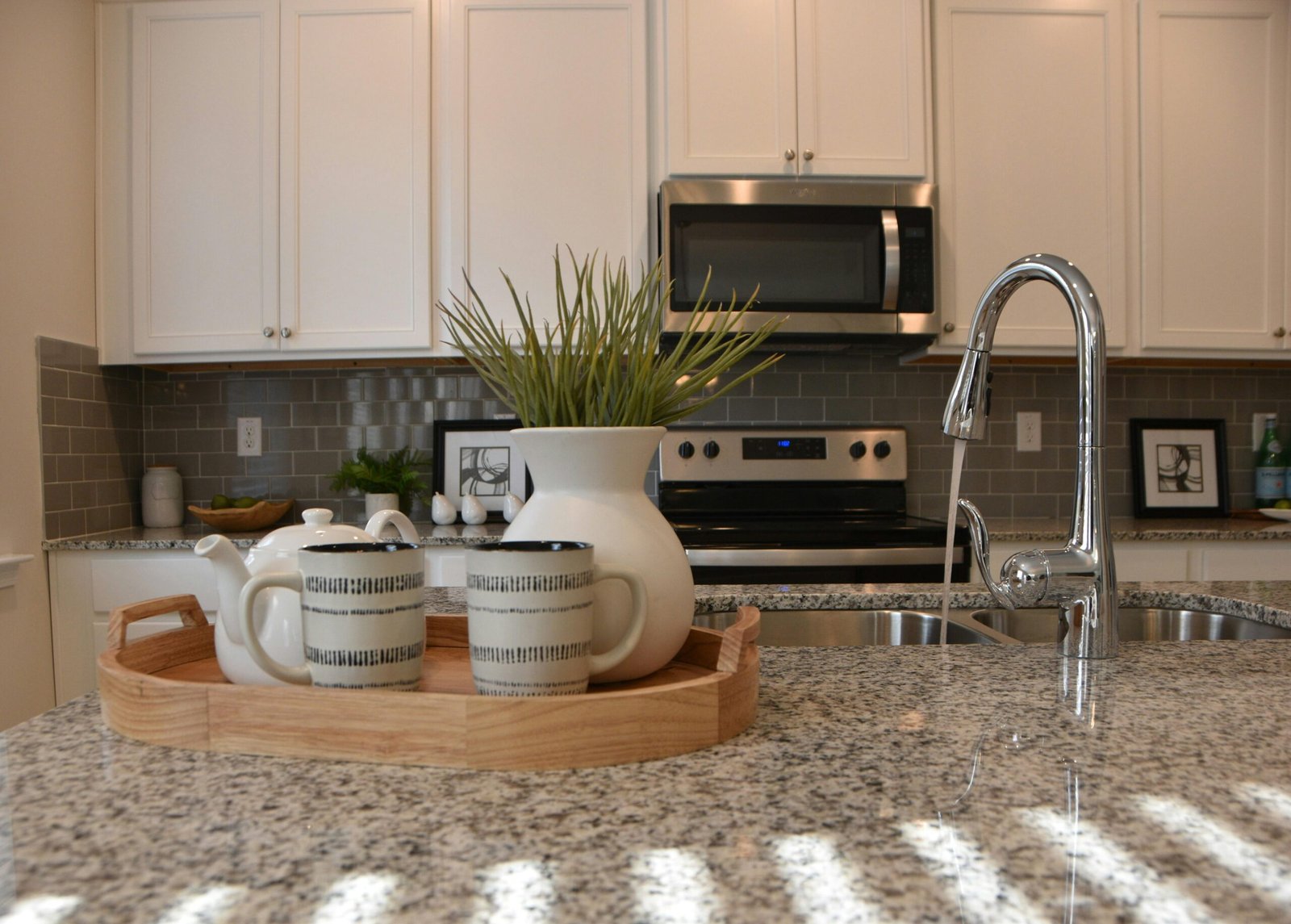
Timeline Story
Today’s kitchens are marvels of technology and design. From smart refrigerators that track groceries to voice-controlled assistants that guide recipes, modern kitchens are tailored for efficiency and convenience. Eco-friendly appliances and sustainable materials reflect the growing awareness of environmental impact.
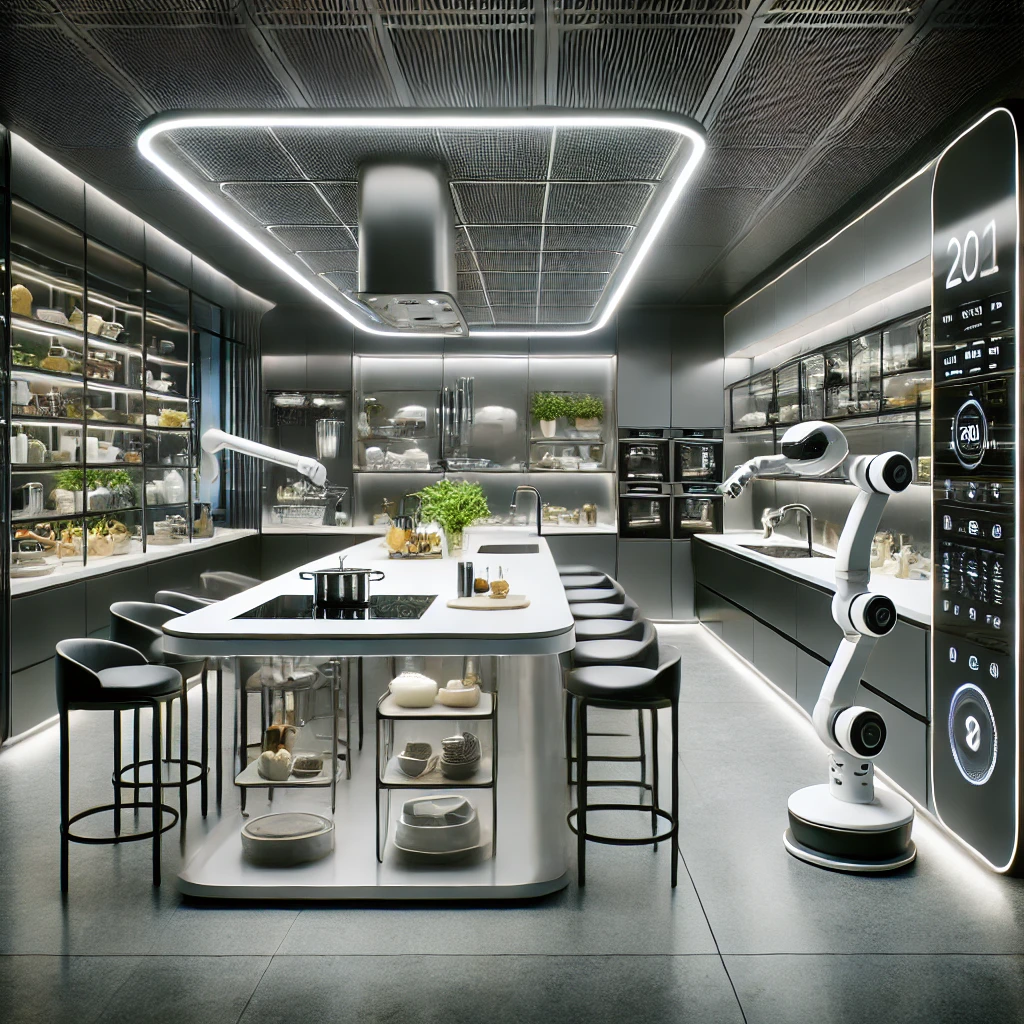
The kitchen continues to evolve. Innovations like AI-driven cooking assistants, robotic chefs, and energy-efficient technologies are shaping the future. Personalized and modular designs are also gaining traction, catering to diverse lifestyles and needs.
Conclusion
The evolution of the kitchen mirrors humanity’s journey—from survival to sophistication. As we embrace new technologies and trends, the kitchen remains a cornerstone of daily life, blending tradition with innovation. Whether it’s a rustic hearth or a high-tech hub, the kitchen’s essence as the heart of the home endures.




